One-sided leg swelling—when only one leg appears significantly larger than the other—can be an alarming symptom. It’s more than just a cosmetic concern; it can be a signal of an underlying medical issue that requires prompt attention. Whether it occurs suddenly or gradually, swelling in one leg should never be ignored. In this article,
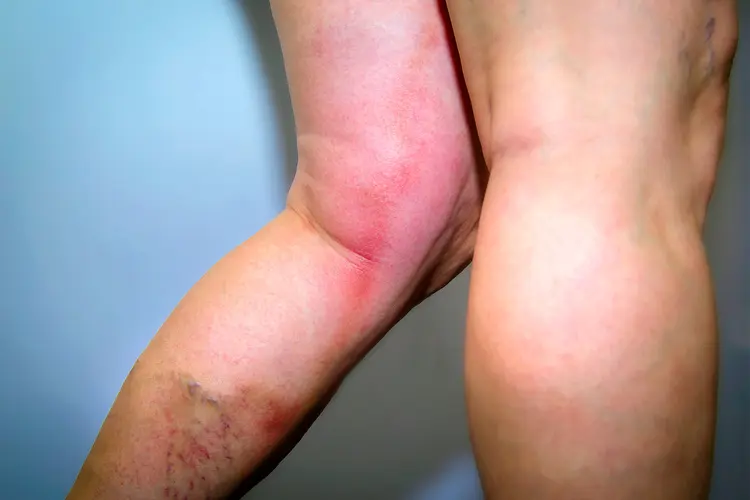
we’ll explore the most common causes of unilateral leg swelling, how to recognize signs of serious conditions, and when to seek medical care.Common Symptoms That Accompany One-Leg SwellingBefore diving into the causes, it’s important to understand the symptoms that often accompany swelling in one leg:
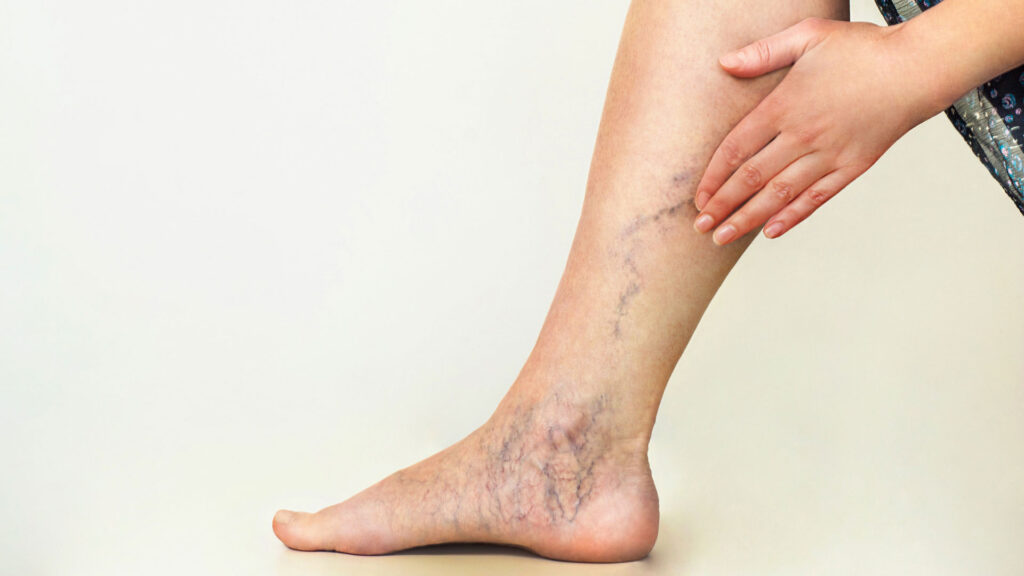
A visible difference in size between legsWarmth, redness, or tenderness in the swollen legA feeling of tightness or heavinessPain when walking or standingSkin that feels stretched or shinyWhile these symptoms might seem mild at first, they can point to conditions that range from treatable to life-threatening.Deep Vein Thrombosis (DVT): A Medical EmergencyPerhaps the most concerning cause of one-leg swelling is deep vein thrombosis (DVT). This occurs when a blood clot forms in a deep vein, typically in the lower leg or thigh.
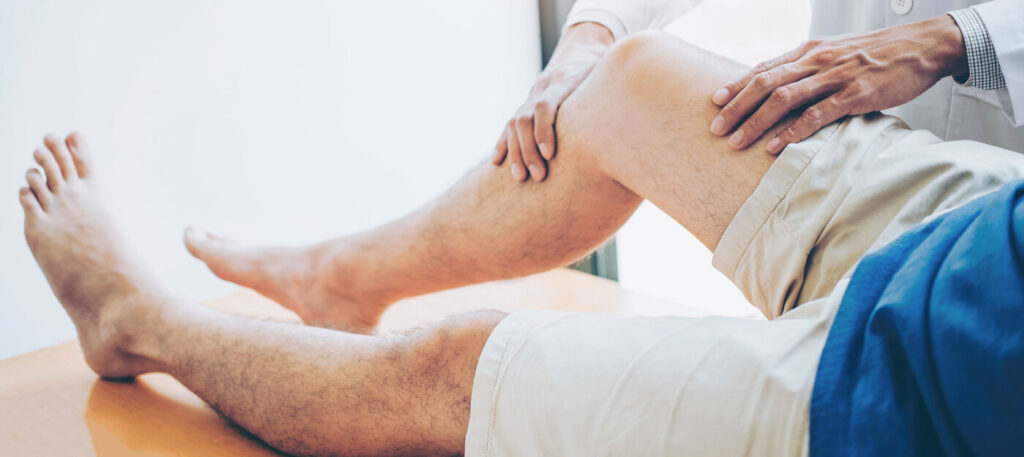
The clot obstructs blood flow, causing fluid to build up in the leg. Key symptoms of DVT:Swelling in one leg, especially around the calf or thighPain or cramping that often starts in the calfWarmth and discoloration of the skinA firm or tender area in the legIf left untreated, a DVT can break off and travel to the lungs, resulting in a pulmonary embolism (PE)—a potentially fatal condition.When to act: Seek emergency care immediately if you have swelling in one leg along with chest pain, difficulty breathing, dizziness, or coughing up blood. These could be signs of a pulmonary embolism.Lymphedema:
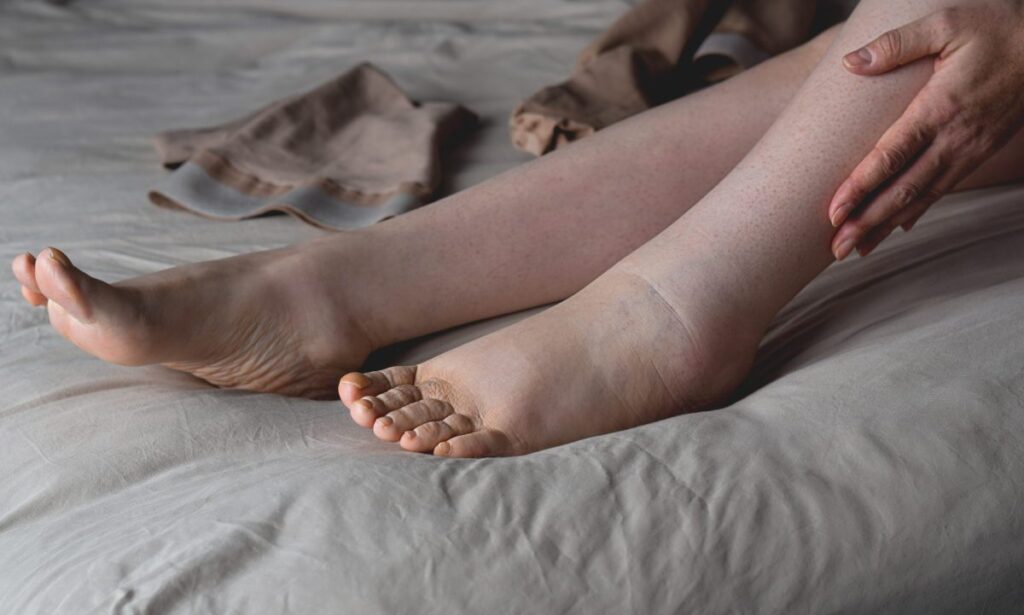
A Chronic Swelling DisorderLymphedema occurs when the lymphatic system is blocked or damaged, preventing fluid from draining properly. This leads to the buildup of lymph fluid in the soft tissue, often affecting just one leg.Common causes include:Cancer treatments such as radiation or lymph node removalRecurrent infections (e.g., cellulitis)Congenital abnormalities in lymphatic vesselsLymphedema can develop slowly and worsen over time. It’s typically painless but may cause discomfort, skin thickening, or a feeling of tightness in the leg.Management tips: Lymphedema has no cure, but treatment options like compression garments, manual lymphatic drainage, and exercise can help control the swelling.Cellulitis: A Localized Skin InfectionAnother reason one leg might swell is cellulitis, a bacterial infection of the skin and underlying tissue. It’s often caused by bacteria entering through a cut or crack in the skin.Symptoms of cellulitis include:Sudden swelling in one legRed,
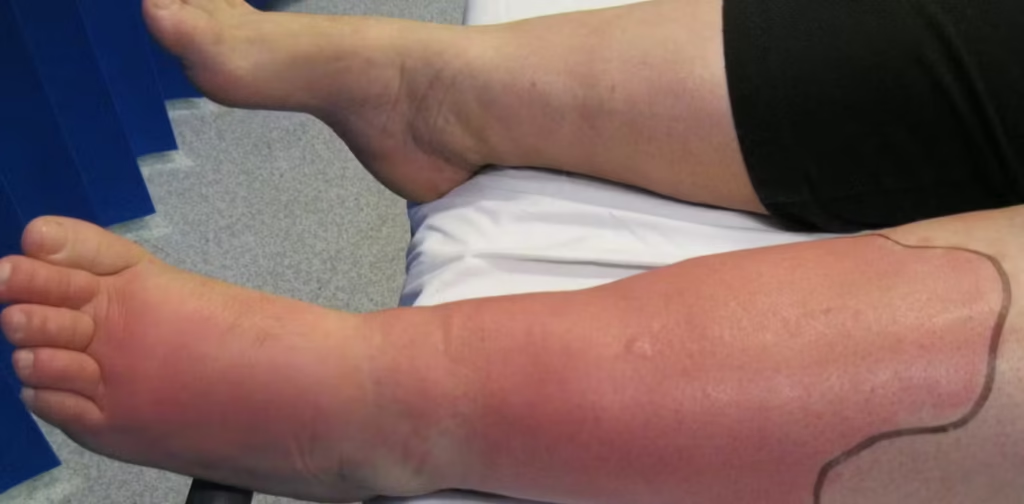
warm, and painful skinFever or chillsTender lymph nodes near the affected areaIf cellulitis is not treated with antibiotics, the infection can spread to the bloodstream and become life-threatening. Recurring cellulitis can also damage lymphatic drainage and lead to chronic swelling.Venous Insufficiency: A Common but Underdiagnosed IssueChronic venous insufficiency (CVI) is a condition where the veins in the legs have trouble sending blood back to the heart. When valves in the veins become weak or damaged, blood pools in the leg, causing swelling, pain, and skin changes.Symptoms of CVI:Swelling that worsens with prolonged standing or sittingA heavy or aching feeling in the legVaricose veinsSkin discoloration near the anklesWhile CVI often affects both legs, it can begin in just one. It tends to develop gradually and may not be noticeable in the early stages. Wearing compression stockings, exercising regularly, and elevating the legs can relieve symptoms.Injury or TraumaA more straightforward cause of unilateral leg swelling is an injury to the leg, knee, or ankle. Sprains, muscle tears, fractures, or even blunt-force trauma can trigger localized inflammation, leading to visible swelling.Signs to watch for:Swelling following physical activity or accidentBruising and tendernessLimited mobility or pain when bearing weightWhile some injuries may heal with rest, ice, compression, and elevation (the RICE method), more serious cases like fractures or ligament tears may require medical attention or imaging.Other Potential CausesBaker’s cyst:
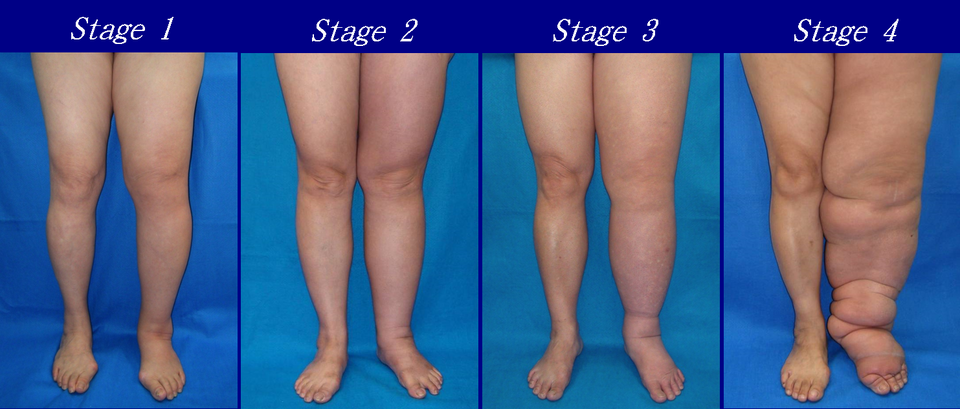
A fluid-filled cyst behind the knee that can cause swelling in the lower leg.Popliteal vein thrombosis: A blood clot behind the knee—similar in danger to DVT.Tumors or masses: Though rare, masses pressing on veins or lymphatics can obstruct fluid flow.Insect bites or allergic reactions: Can cause localized swelling, often accompanied by itching or redness.When to See a DoctorSwelling in one leg is never something to ignore, especially if it:Comes on suddenly and is painfulIs accompanied by redness, warmth, or skin discolorationPersists for several days without improvementIs associated with fever, shortness of breath, or chest painEarly diagnosis and treatment can prevent serious complications and improve your overall prognosis.Diagnostic MethodsIf you present with one-sided leg swelling, your healthcare provider may perform the following:Ultrasound to detect blood clotsBlood tests, including D-dimer (used to rule out DVT)MRI or CT scan for tumors or deep infectionsVenography or lymphoscintigraphy to assess blood and lymph flowConclusionOne-leg swelling might seem minor at first, but it can signal serious underlying conditions like deep vein thrombosis, cellulitis, or chronic venous insufficiency. Being aware of the associated symptoms and seeking timely medical care can make a critical difference in your health outcome.Don’t ignore a swollen leg—your body might be alerting you to something far more dangerous than a simple sprain or strain.


